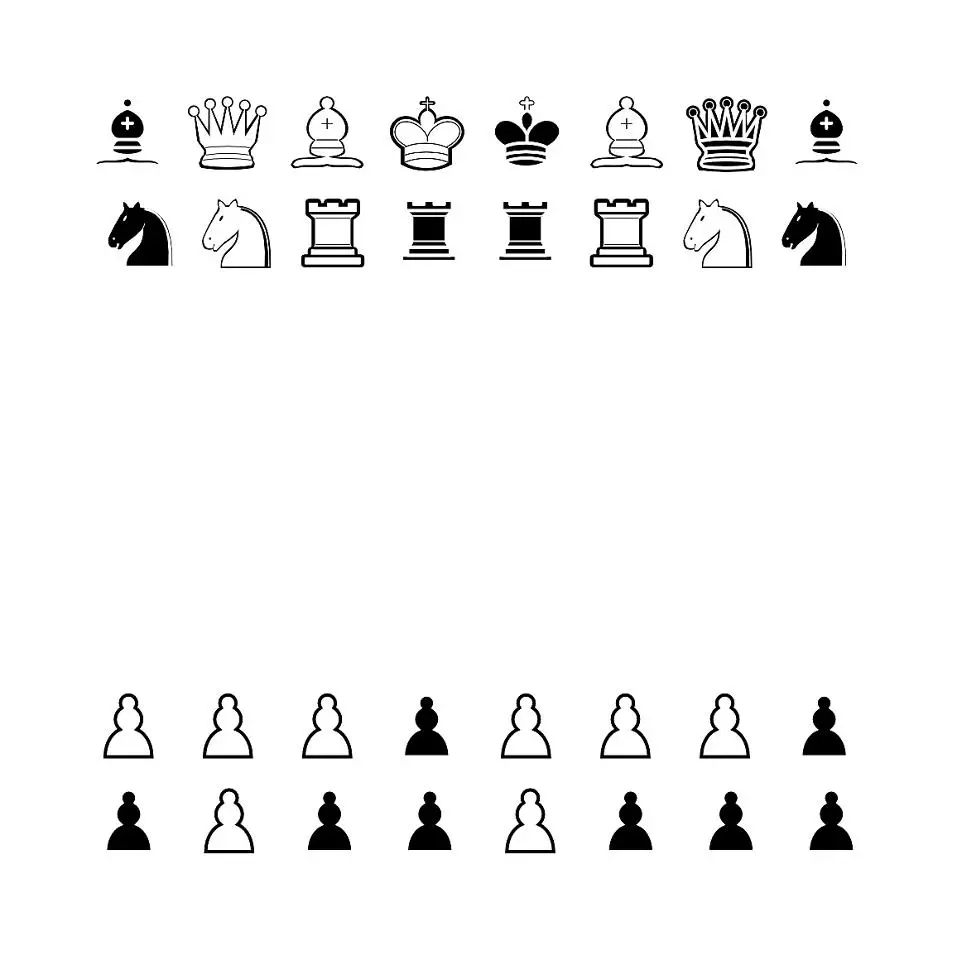The Romans made extensive use of nails. The Roman army, for example, left behind seven tons of nails when it evacuated the fortress of Inchtuthil in Perthshire in Scotland in 86 to 87 CE.
The term “penny”, as it refers to nails, probably originated in medieval England to describe the price of a hundred nails. Nails themselves were sufficiently valuable and standardized to be used as an informal medium of exchange.
Until around 1800 artisans known as nailers or nailors made nails by hand – note the surname Naylor. (Workmen called slitters cut up iron bars to a suitable size for nailers to work on. From the late 16th century, manual slitters disappeared with the rise of the slitting mill, which cut bars of iron into rods with an even cross-section, saving much manual effort.)
At the time of the American Revolution, England was the largest manufacturer of nails in the world. Nails were expensive and difficult to obtain in the American colonies, so that abandoned houses were sometimes deliberately burned down to allow recovery of used nails from the ashes. This became such a problem in Virginia that a law was created to stop people from burning their houses when they moved. Families often had small nail-manufacturing setups in their homes; during bad weather and at night, the entire family might work at making nails for their own use and for barter.
WOO NAILS!!!


This article really… nailed it.



